|
I'm glad I got to visit Athens since I missed it during my Barcelona year. Athens is one of the oldest cities of Western world with 3400 years of recorded history. The city was the center of art, architecture, politics (birthplace of democracy), and philosophy (Plato, Aristotle, Socrates), and later on housed couple other civilizations (Roman, Ottoman). I am excited and curious about how contemporary architecture deals with such context. Acropolis Acro (high, edge)- polis (city), the high city is the most famous site in Greece. The site houses couple other monuments including the Parthenon and the Erechtheion. The site contains layers of ruins and has been modified multiple times throughout history. A building, a Greek temple, portrays nothing. It simply stands there in the middle of the rock-cleft valley. The building encloses the figure of the god, and in this concealment lets it stand out into the holy precinct through the open portico. By means of the temple, the god is present in the temple. The presence of the god is in itself the extension and delimitation of the precinct as a holy precinct. The temple and its precinct , however, do not fade away into the indefinite..." -Martin Heidegger The New Acropolis Museum The museum completed in 2009 designed by Bernard Tschumi displays numerous sculptures and findings from the Acropolis. The building is sitting on top of an ancient ruin and provides view to the Acropolis and the city. Reflection: I think overall the building does respond to the context. In many ways it tries to mimic the journey to Acropolis. The Architect used a lot of compress-and-release technique throughout the project starting from approaching the building (descend) and then release under the overhang entrance, and then again compress it in the lobby and release later at the slope. The entrance sets up certain monumentality, but overall it doesn't take away the focus on the Acropolis. The part I have certain doubts is the circulation of the museum, the open floor free-flow path I think personally is chaotic and there's no sequence to the display. I had a hard time orient myself in the museum in terms of where to start or where to stop, as if the architecture only tells half of the story, and the visitors have to fill in the other half. But does the work still remain a work if it stands outside all relations? Is it not essential for the work to stand in relations? Yes, of course-except that it remains to ask in what relations it stands." -Martin Heidegger Are the sculptures of the Parthenon still art work even if we removed them from where they belong? Stavros Niarchos Foundation Cultural Center (2008-2016) The foundation is designed by the Italian architect Renzo Piano. The project took nearly 8 years to complete with €566 million budget. I think the project is supposed to give Athens a jump start from the economical crisis and also give the community and future generation some hope. Reflection:
I think there is similarity between the culture center and the new acropolis museum. That sort of slopping up, the ascending concept is also being used here, but only Renzo pushed the concept even further. The idea of reaching a high ground for scenery can also be seen here. This is not the first time, however; Renzo has already done this technique with the Whitney Museum at NYC with the observation deck as an extension element to the building, only this time he provided a panoramic rooftop terrace that connects to the largest park of the city. The building is constructed with incredible amount of details. The way things connected together and line up perfectly are very difficult to achieve especially for this kind of international commission. However; I am not sure if the long water pool is a good move since it seems like an abrupt transition between the stage-like-stairs and the entry plaza, and it's also a large unoccupiable space during extreme weather seasons. After seeing contemporary architecture around Europe and United States, and classical architecture around Italy and Greece, I think it's time to head back home and re-examine certain vernacular architecture and traditional temples in Taiwan so I can understand the idea of context in architecture even more.
0 Comments
Leave a Reply. |
AboutThis blog was launched in August, 2015 during my 8th year of studying abroad in Barcelona, Spain. I decided to start this blog and record some of my thoughts and moments. This blog is also dedicate to Richard Fu, a good friend of mine who is now guarding me from above. He inspired me to get out of the comfort zone and be curious about the world. Amig@'s blogs
Check out my brother Will's blog (in Mandarin) to see what he's up to these days (Design, fashion, food, technology, music, film...etc) Check out Kris' website for some high quality photos around the world Archives
September 2023
|
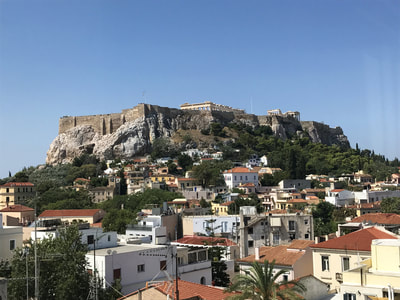
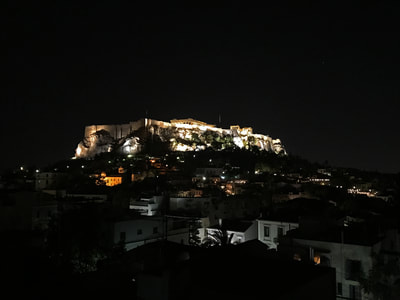
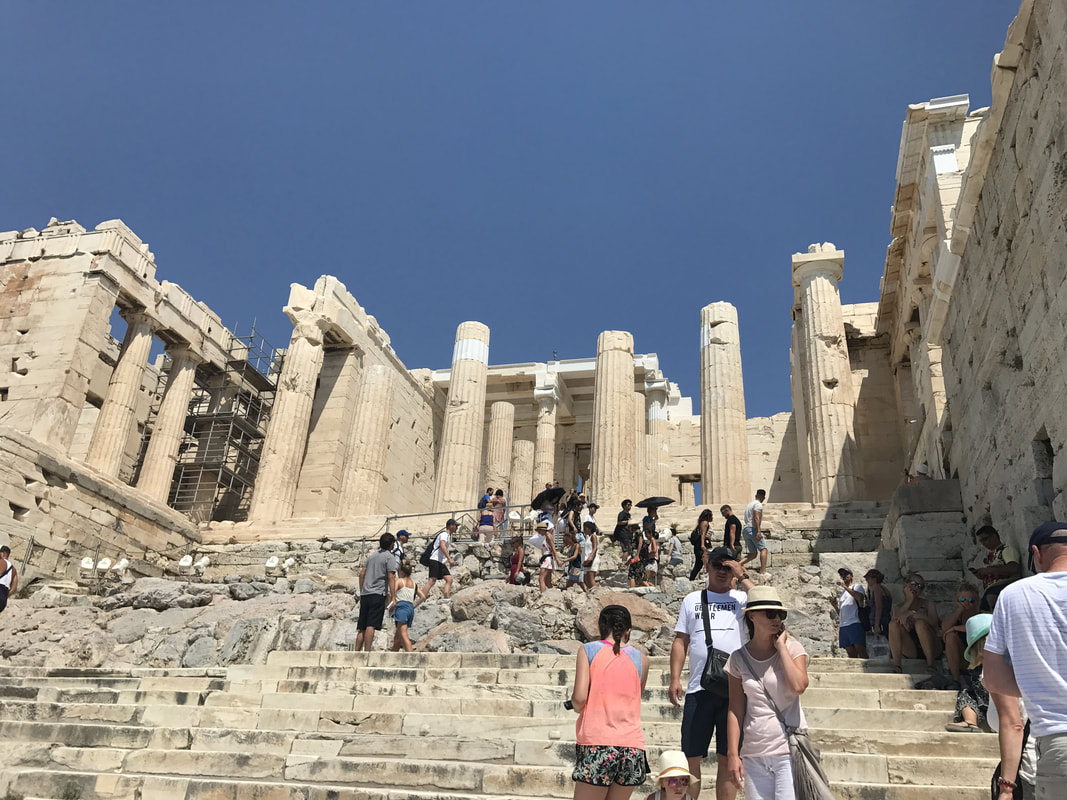
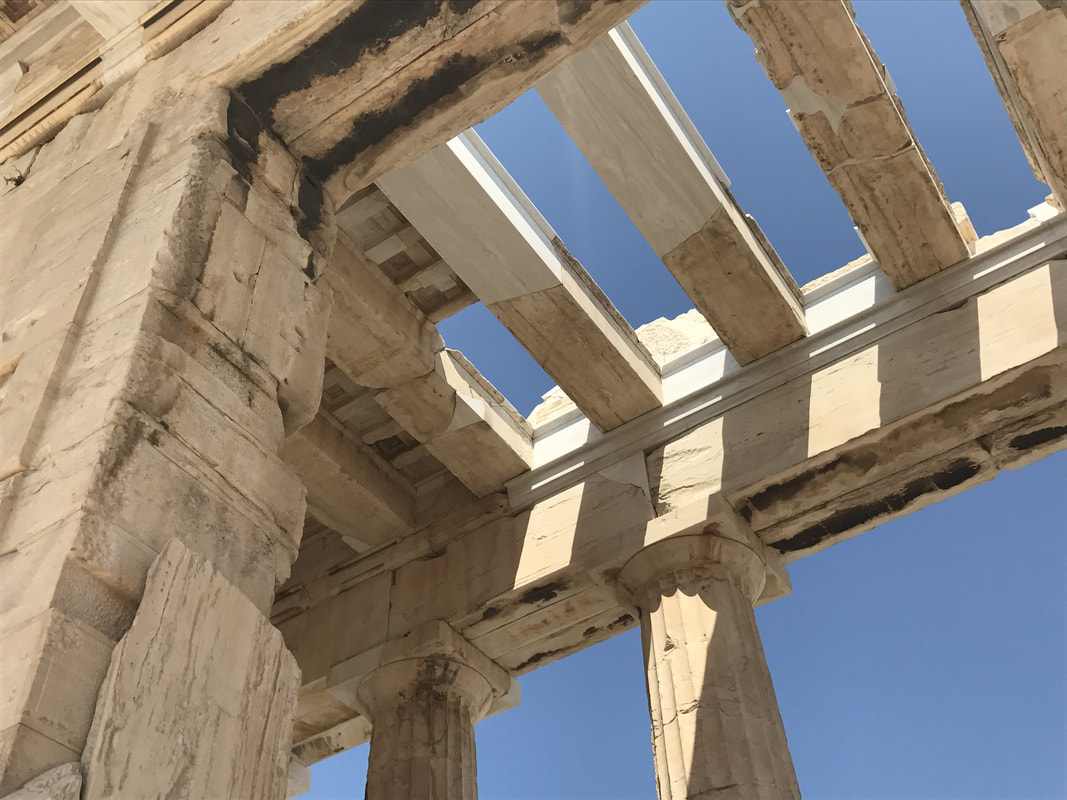
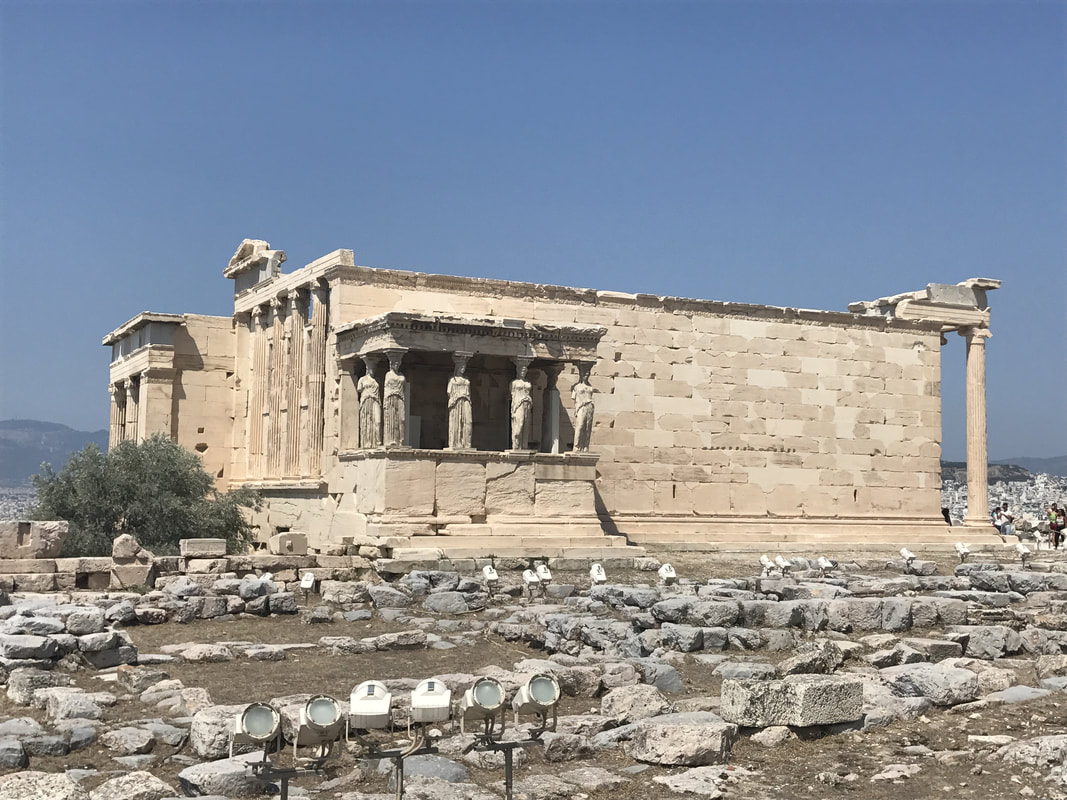
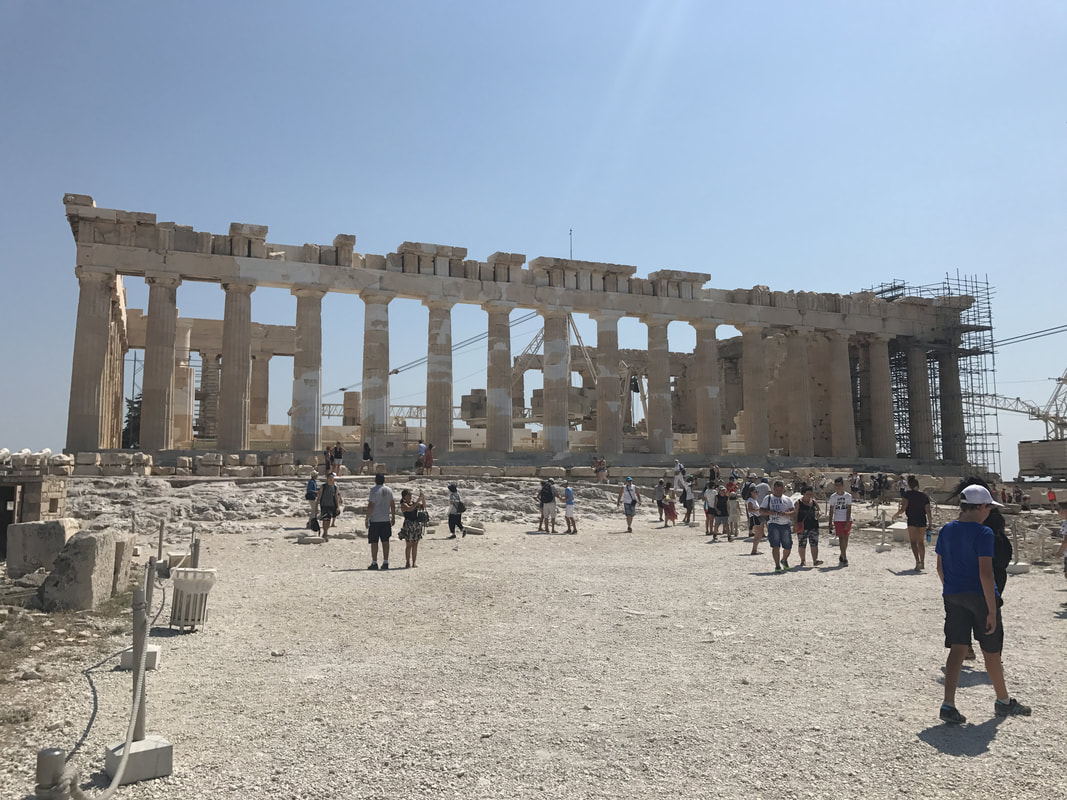
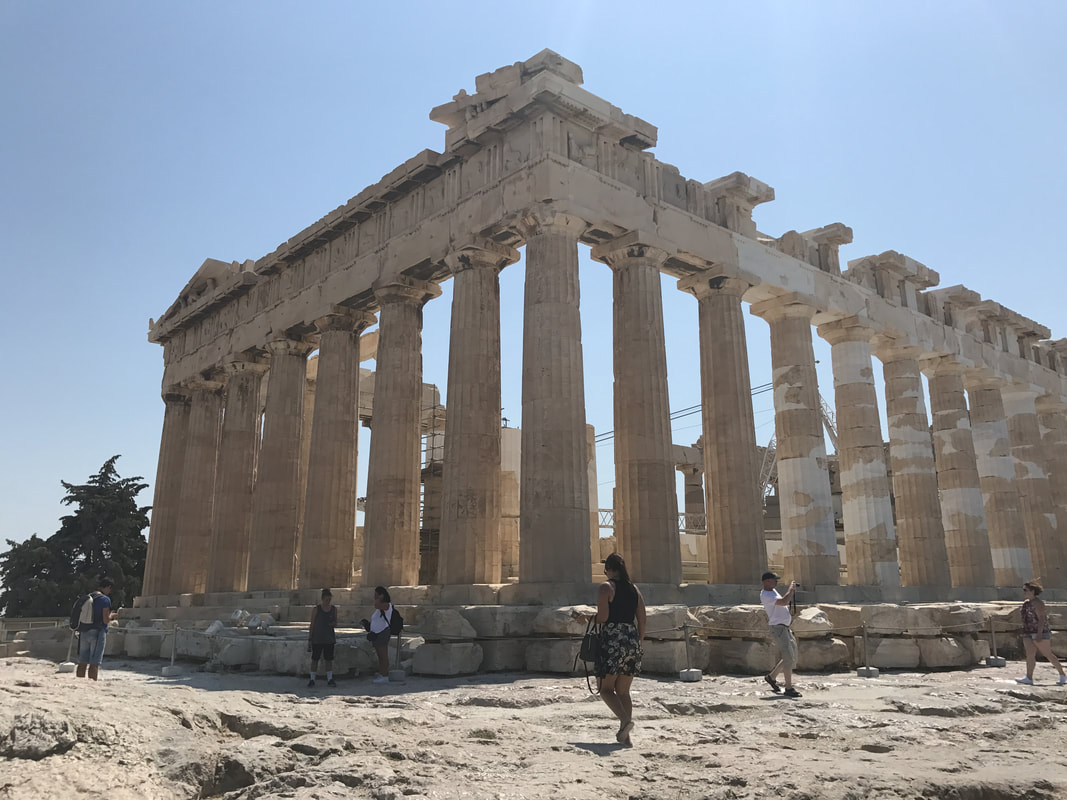
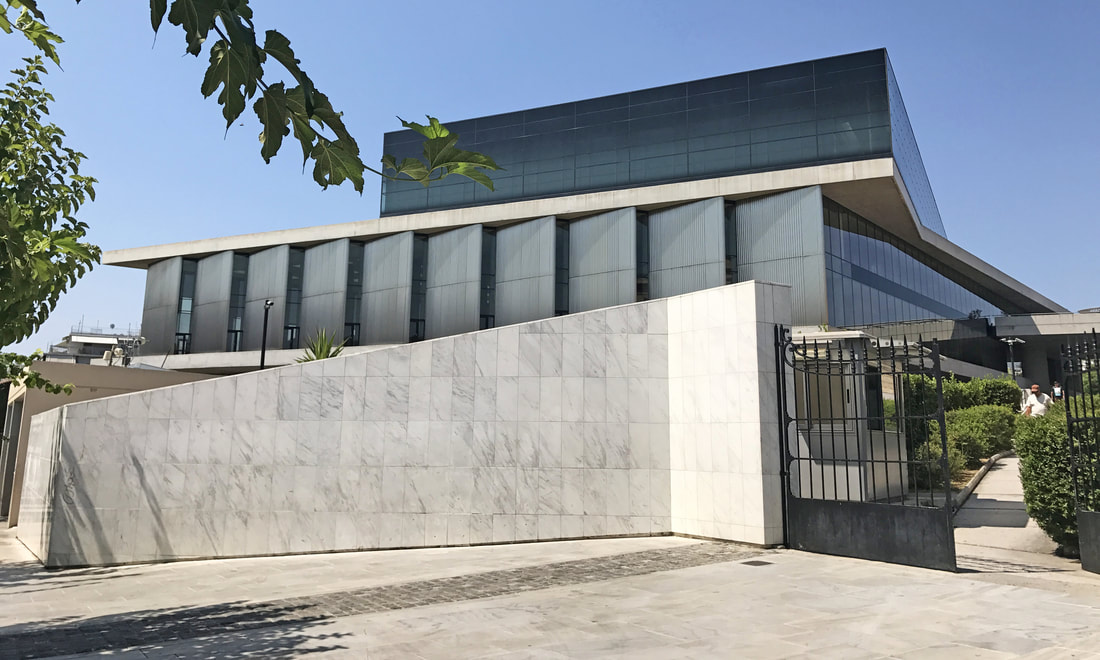
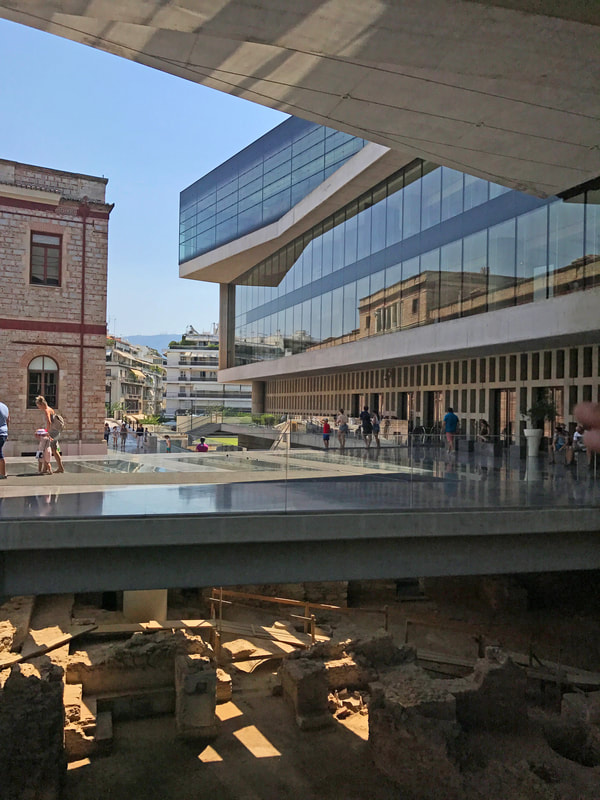
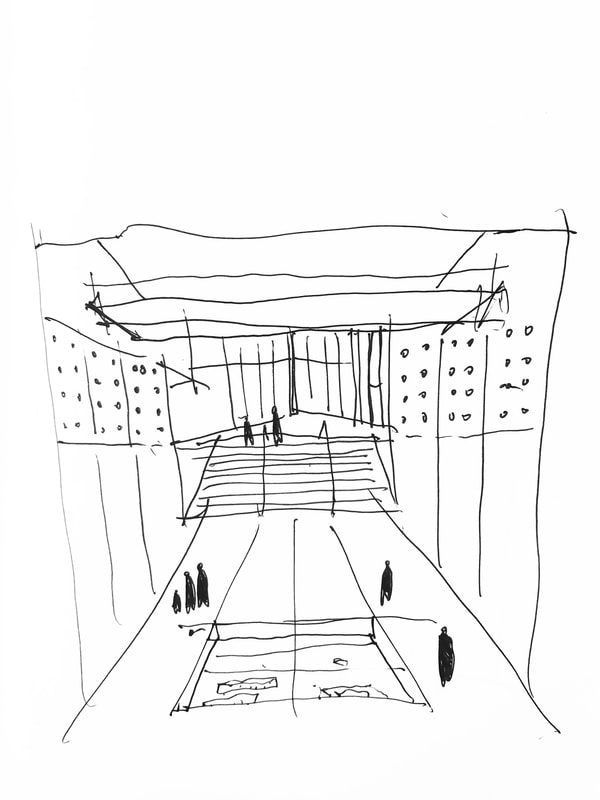
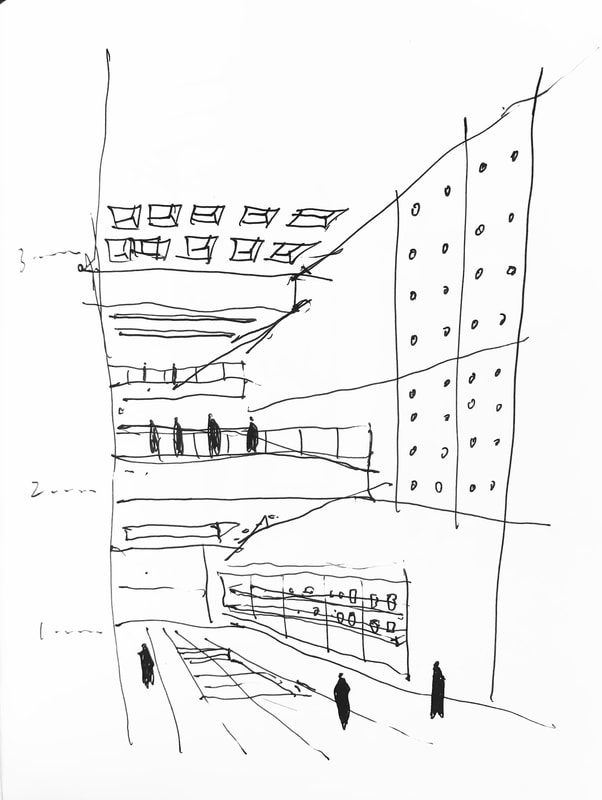
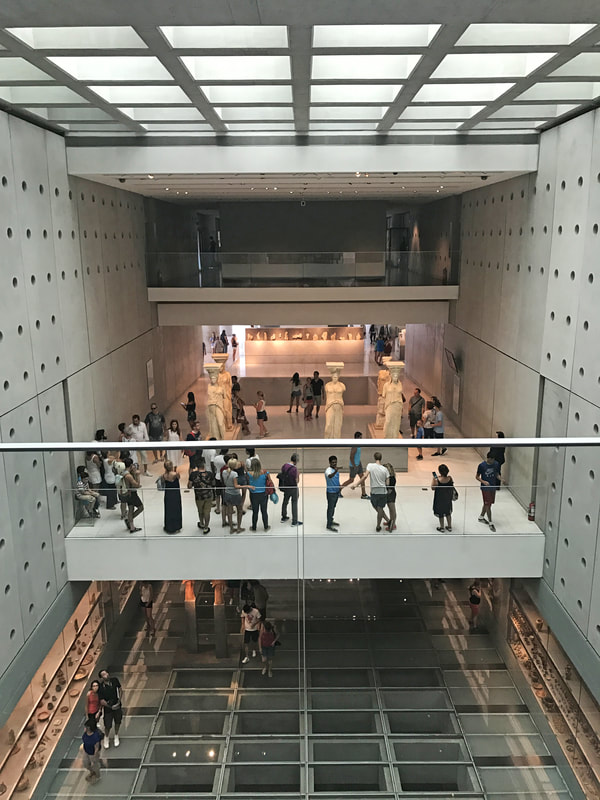
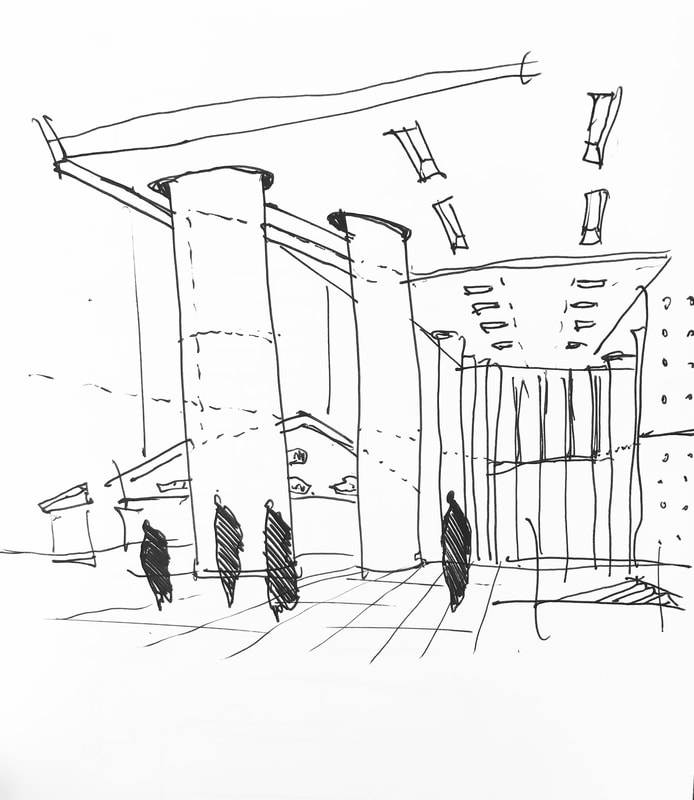
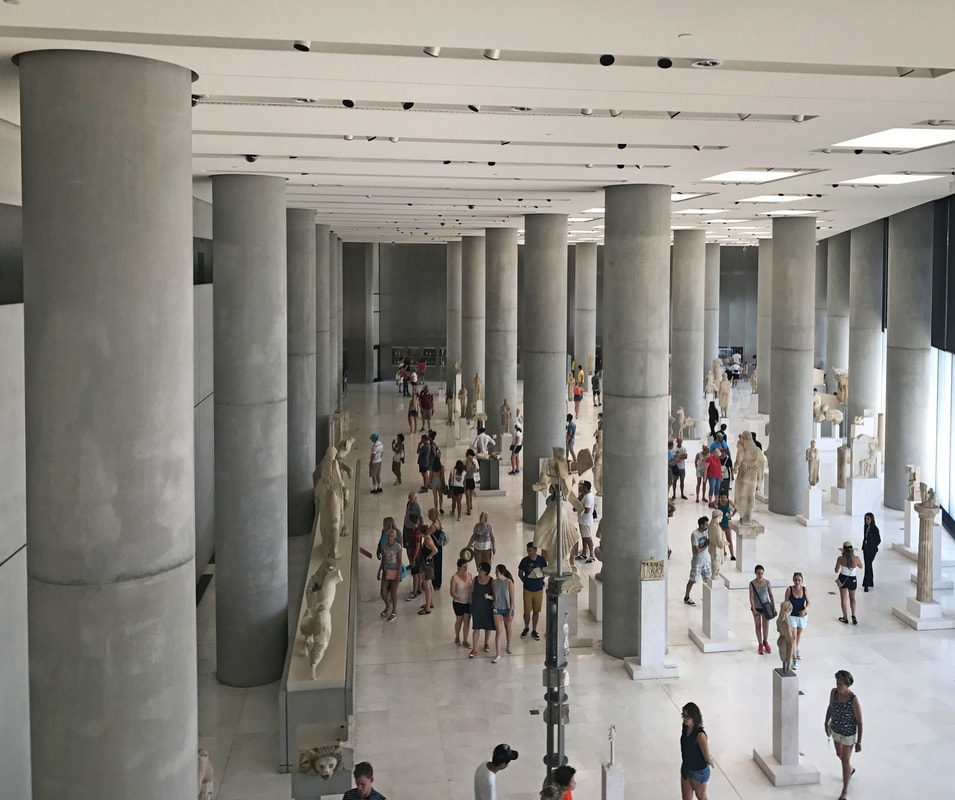
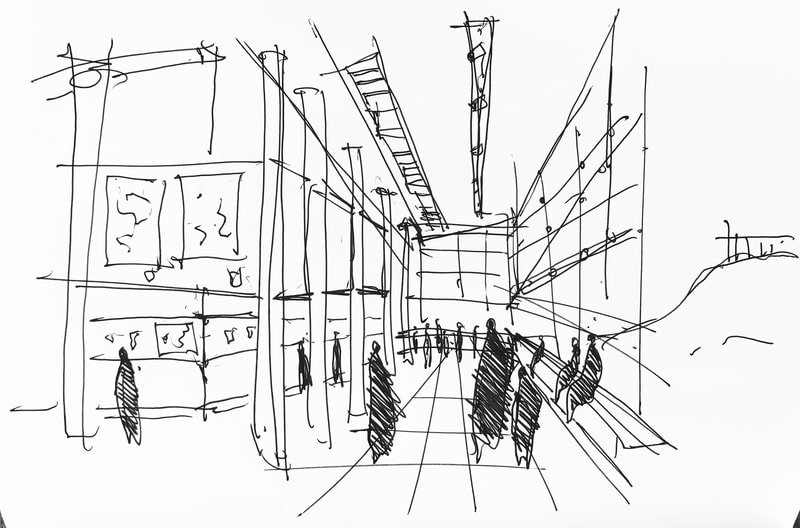
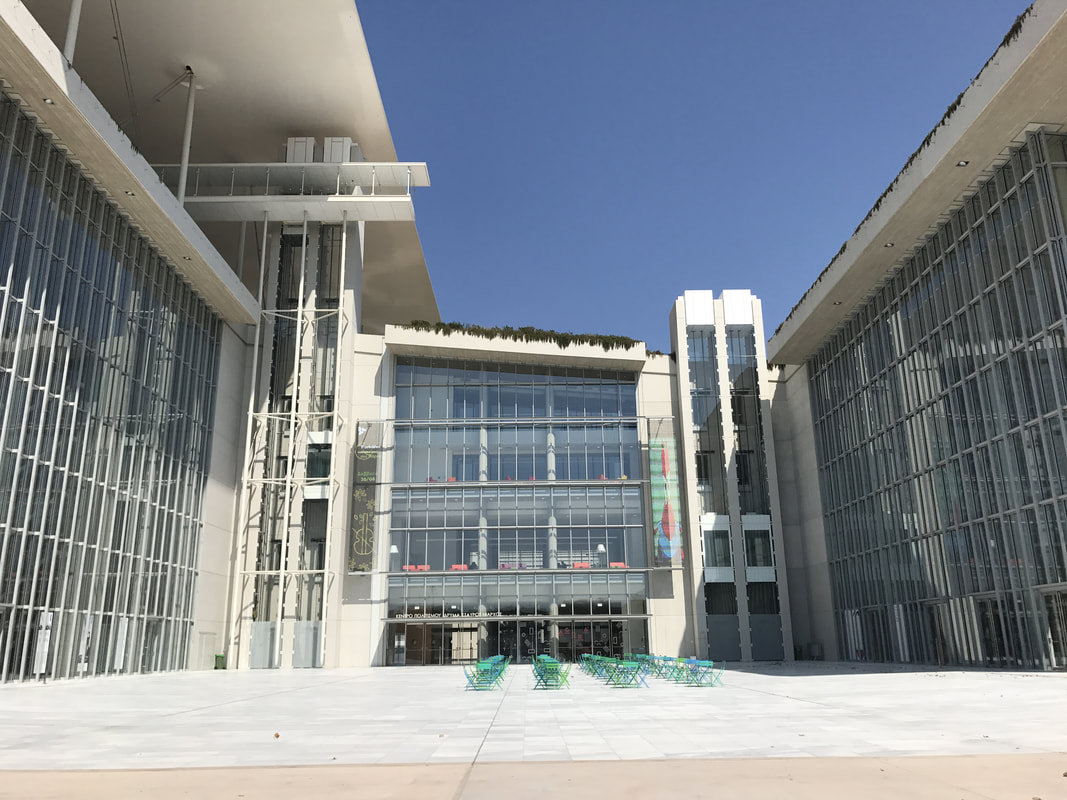
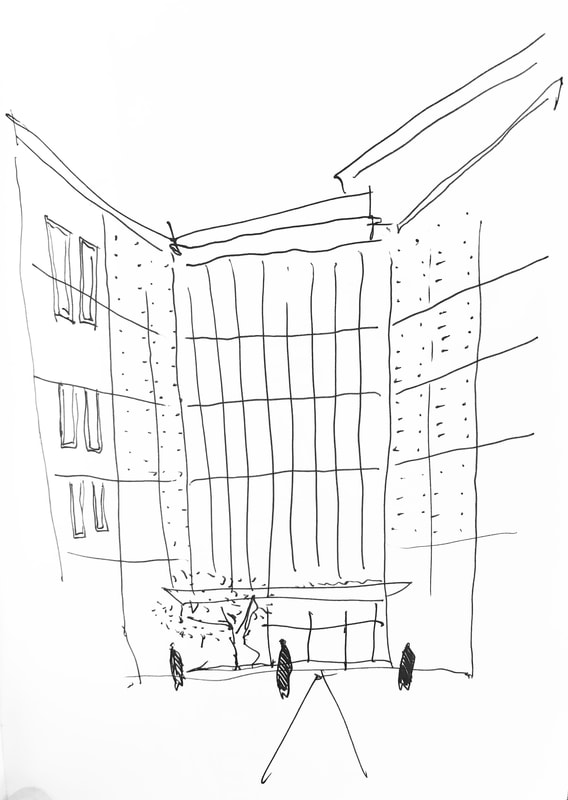
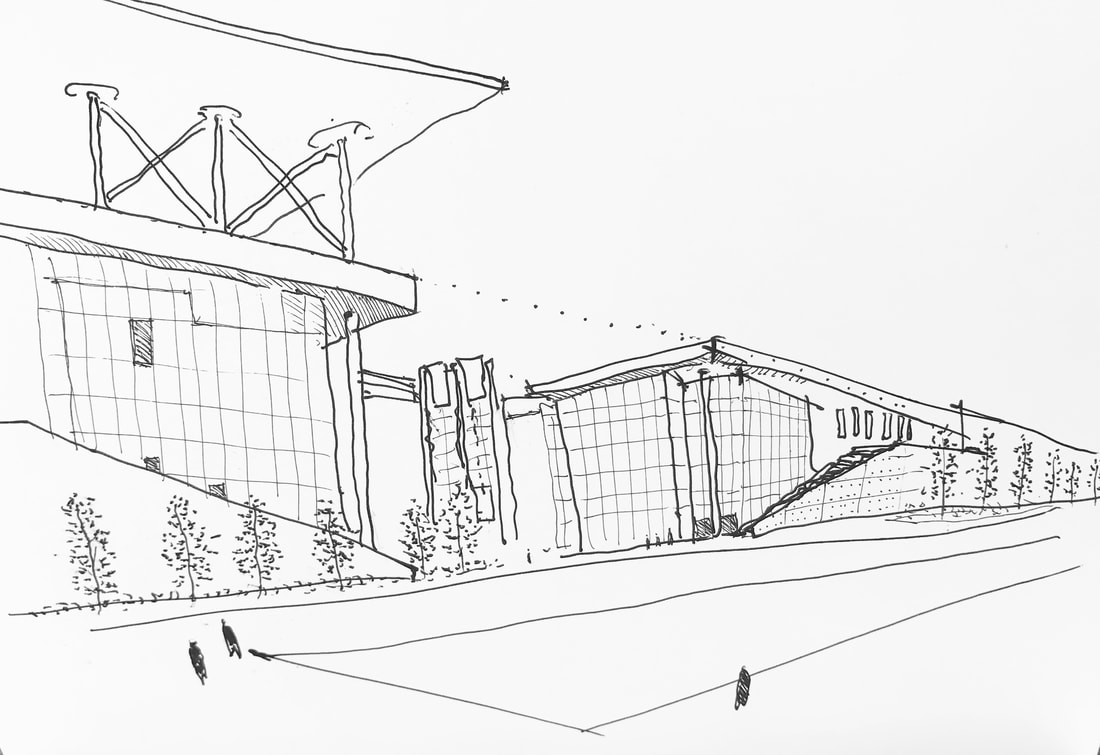
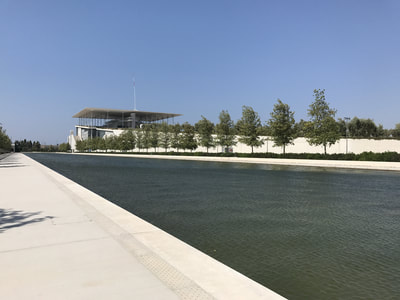
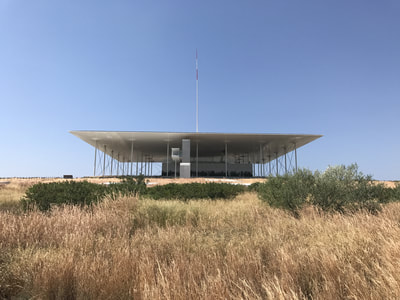
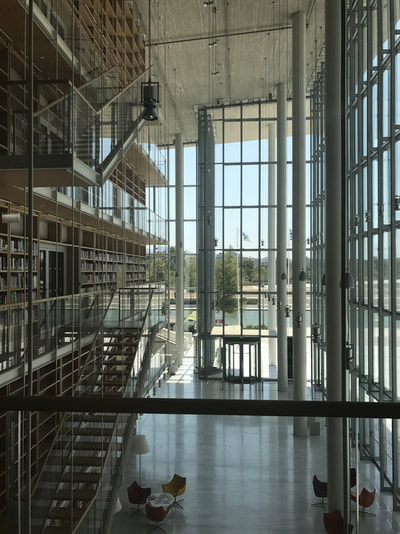
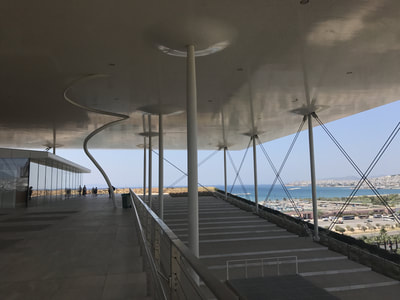
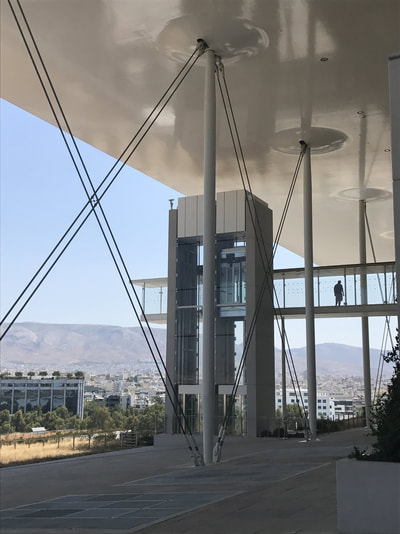
 RSS Feed
RSS Feed